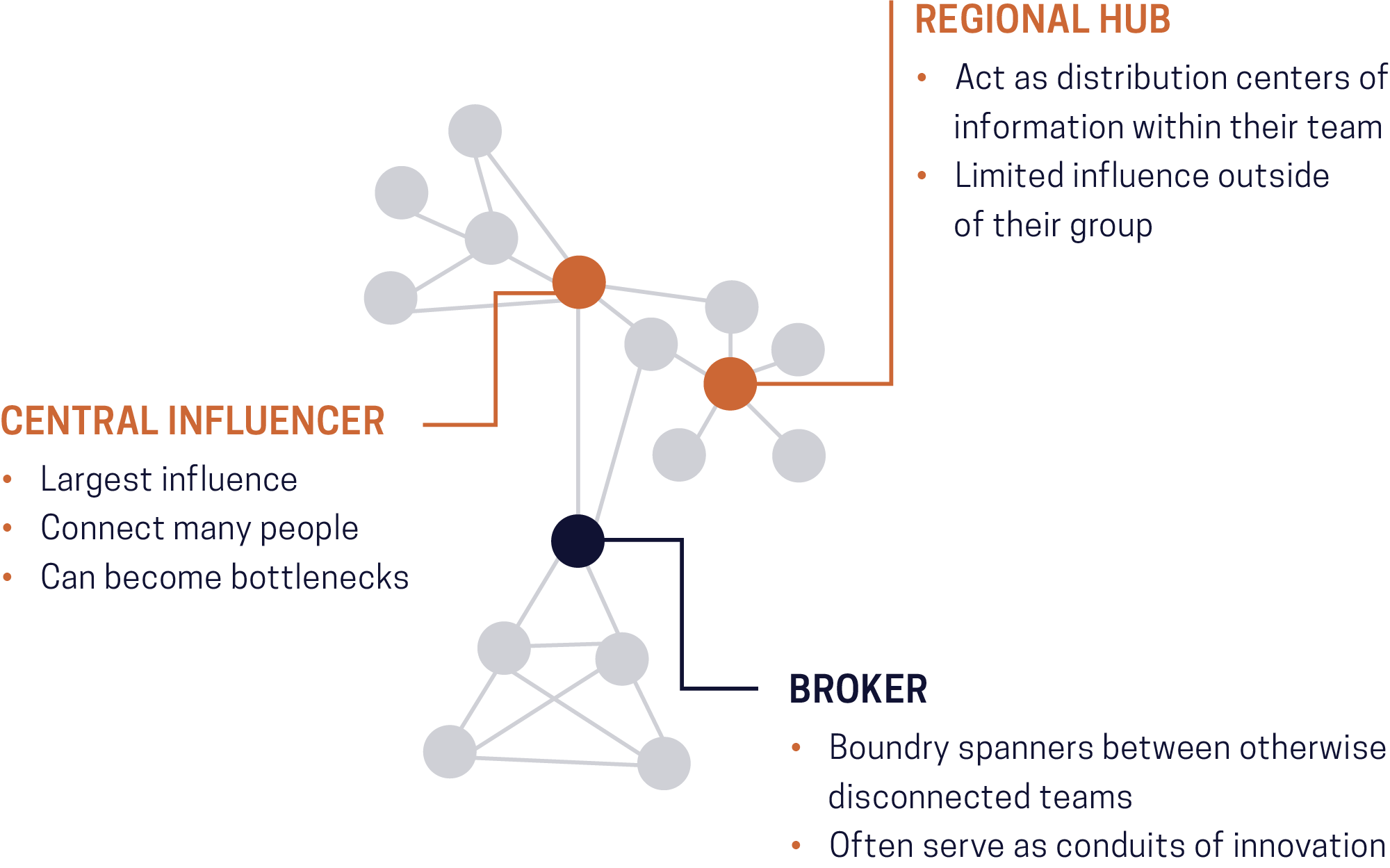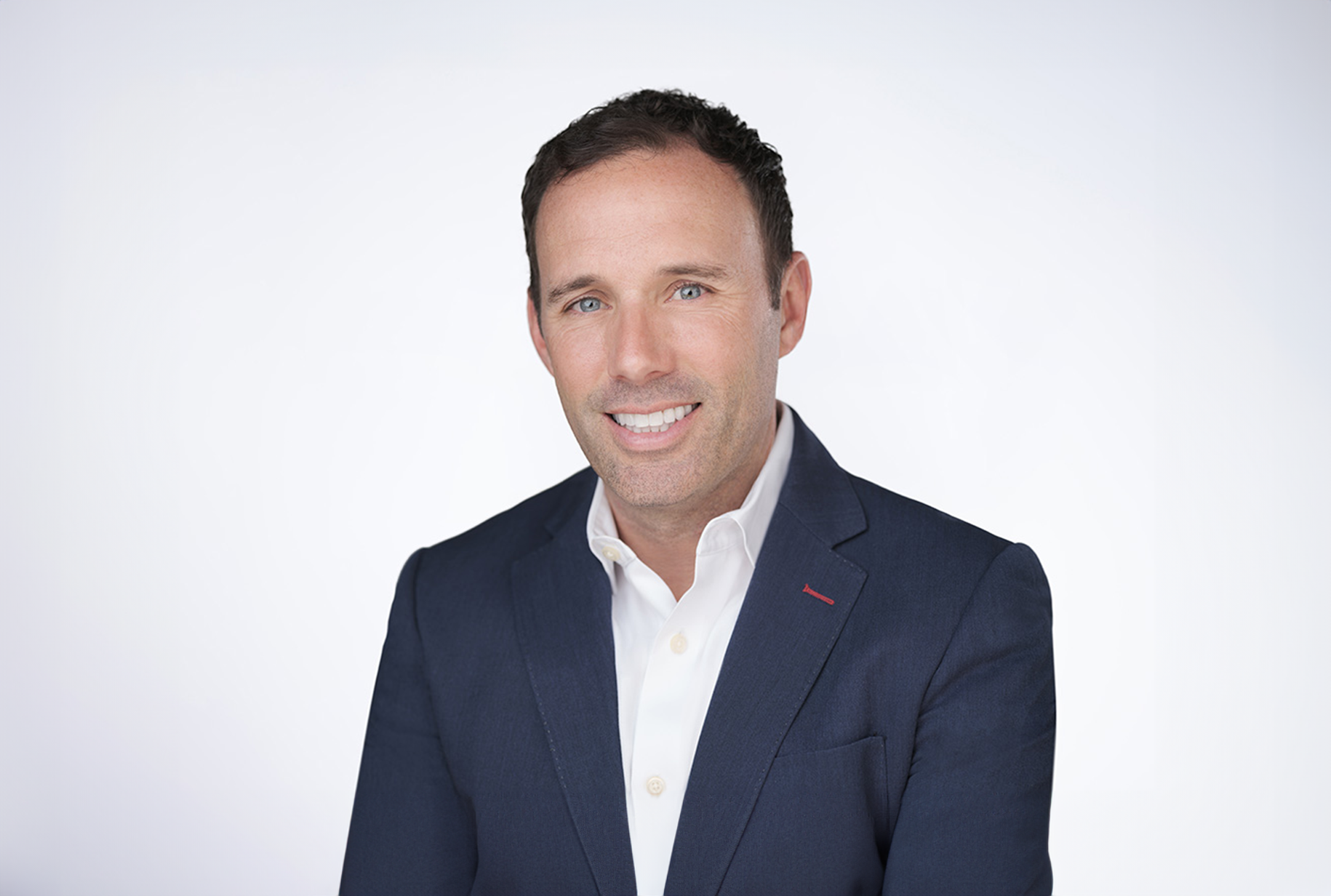Quiet quitting is a real risk to the productivity of your business. Understanding and effectively leveraging your network influencers improves your odds of minimizing the population that makes the decision to join the trend of quiet quitting, supports a culture that differentiates your business from the competition and helps leaders build a high-performing team within the constraints of any current environment.
The topic of quiet quitting is dominating social media feeds right now and the initial reaction of many organizational leaders is a combination of concern and confusion. Rather than leaving the organization, as we have witnessed en masse through the Great Resignation, quiet quitters are employees who perform their specific job duties and contribute little beyond that.
In the past, this idea came through in conversations about “coasting”, but quiet quitting has roots in work-life balance, prioritization, and equitable work that prompt a need for nuance in our discussion and resolution of it. Whatever your opinion may be, this is a trend that organizations should pay attention to as it has tangible implications for how our teams work together and whether we all can perform at our best. Leaders cannot rely on formal organizational channels to address complex engagement issues like quiet quitting.
The rise of digital, hybrid work, the Great Resignation, Great Reshuffle, Boomerang Effect – these were all early signals of what has become a modern work revolution. One we need to approach with equally modern, data-driven actions. Data is a uniquely powerful tool in moments like this because it enables us to zoom out from a symptomatic trend and pinpoint the confluence of things that comprise its root cause. Only with that nuance of understanding are we able to design responsive, bespoke solutions that can yield actual return in your team’s experience.
While there are countless ideas about what to do in response to quiet quitting on TikTok, the trend deserves an evidence-based approach.
Network Analysis is Your Secret Weapon – Especially in a Hybrid World
In its most basic form, organizational network analysis is a data-driven study of the individuals or groups within an organization and the links or connections between them. Leaders can leverage network analytics to understand how knowledge flows through their teams, highlight key individuals throughout their network who speed up or slow down certain processes and information, and identify the challenges they need to address to facilitate those flows and processes.
We know from experience that no matter how effective leaders are, there always tends to be a blind spot or two as to how work is actually getting done. While some leaders may have a “feel for the tone of the organization,” very few think critically about how feelings move through the organization. We often think about our networks as a tool to understand how information flows, but it’s easy to forget that information is flowing through people and that people have personalities, quirks, feelings, and emotions. We are social creatures, and we take cues from our social environment that helps inform our attitudes and perceptions. Understanding who your critical conduits are and how they are feeling is vital to understanding what type of sentiment is flowing through the organization.
Quiet quitting clearly entered our work conversation, but here's why we need to keep it out of our work lives. Quiet quitting isn't just about quitting a job, it's a step toward quitting on life. Yes, we shouldn't be defined by our work. But at the same time, if work is at least eight hours of our day, are we saying these are hours we're willing to simply go through the motions, with the inevitable boredom that's bound to ensue?”
Arianna Huffington
Organizational network analysis helps us identify the critical influencers in an organization, who are essential components for effective communication and decision-making. Understanding who your network influencers are – the individuals who are having great impact on a company’s communication and organizational processes – is critical for every organization.
These individuals have the ability to serve as the ultimate tool in deterring the masses from migrating into quiet quitting, as these are the people that are the most efficient in driving organizational change. However, if these individuals are burned out or disengaged themselves, then the organization has a serious challenge ahead, as the impact of these individuals' quiet quitting can have unrecoverable consequences.
Understanding how people are connecting and collaborating to accelerate goals and achieve objectives is vital, but what makes these insights even more powerful is pairing these tactical relationships with the more interpersonal impacts of being heavily networked. Playing a major network influencer role such as a broker (hold relationships that bridge organizational boundaries) or a hub (centrally connected with many ties within a team, function, geography, capability, or demographic) can be as important to the organization’s goal achievement as it is taxing on the individual in the role.

Ensuring that you’ve identified and understood who your network influencers are and how you can support them is vital to ensuring that they are getting as much out of their roles as you are out of them. The role of a network influencer can take on many forms – information broker or informal mentor – but in every case, it is a behavior that goes beyond their job description but becomes vital to the well-being of the organization.
Mapping Networks Inside Your Organization to Measure Engagement
When network influencers perceive inequity and respond by quiet quitting, the result is often the creation of gaps in the network. One example of this is tracking engagement over time. When overlaying engagement data with network analytics, we found that across three quarters, employees who were disengaged yet remained with the organization moved farther to the periphery of the network.

While the initial risk of quiet quitting for any employee is only withdrawal and disengagement of the individual, the impact of it on your organization becomes exponential when it occurs with a network influencer. They account for a large portion of the connectivity and communication within your organization and when they begin to withdraw, everyone they touch suffers the consequences as well. Social scientists may reference Contagion Theory to explain these changes, confirming the thesis that attitudes, beliefs and behaviors can indeed spread through populations as if they were somehow infectious.
Address the Risk Before It Becomes a Problem
Ultimately, when we know who our influencers are, we can leverage them proactively as our best line of defense against quiet quitting, but that’s only possible when they are engaged themselves. Understanding the networks of people that make up teams – hybrid or not – via network analysis provides data-driven insight that enables leaders to pinpoint their focus, maximize the return on their effort, and minimize the variety of risks inherent in our current operating environment. When leveraged with intention, network analysis is the secret weapon you’ve been seeking.
Quiet quitting is a real risk to the productivity of your business. Understanding and effectively leveraging your network influencers improves your odds of minimizing the population that makes the decision to join the trend of quiet quitting, supports a culture that differentiates your business from the competition, and helps leaders build a high-performing team within the constraints of any current environment.





